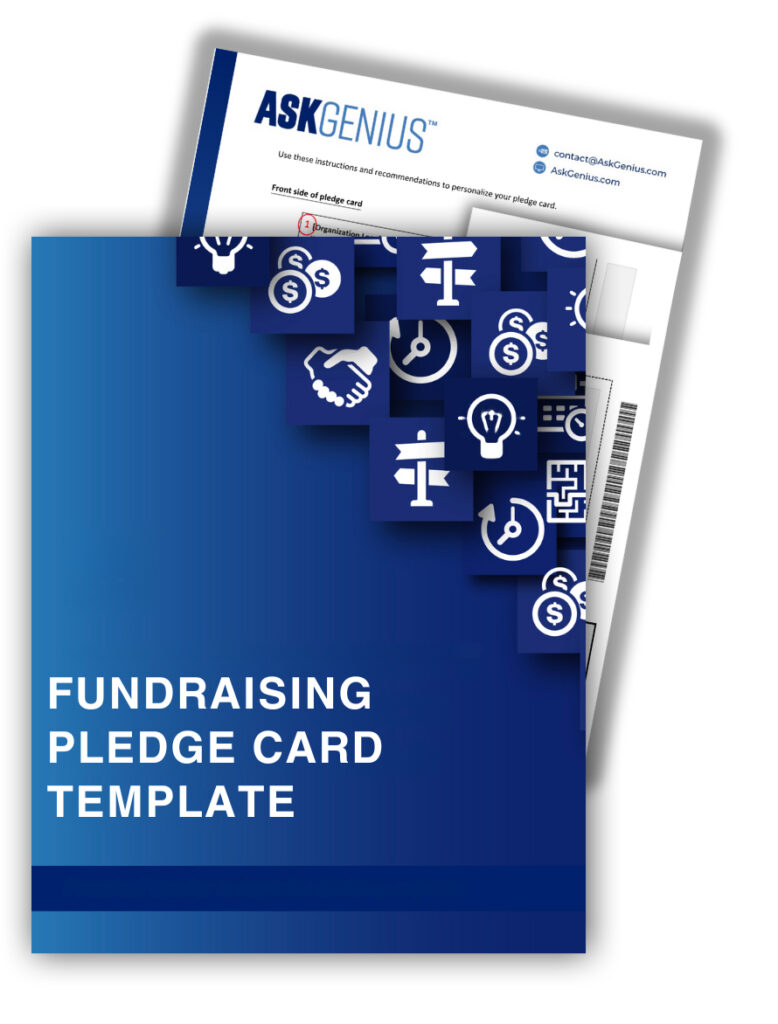Recurring giving is on the rise. According to the latest M+R Benchmarks 2022 study, monthly giving grew by 24% in 2021 across all nonprofit sectors, while one-time giving declined. If you haven’t made a plan to increase recurring donations for your organization, you could be leaving money on the table.
Recurring giving sometimes called monthly giving or sustainer support is when a donor signs up to make ongoing donations to your nonprofit. The donor commits to regular installment gifts much like paying a subscription to a gym or streaming service. This makes it easy for a donor to have a lasting impact while benefiting the nonprofit with a steady flow of predictable income. Other benefits of recurring giving for your nonprofit include:
- Increased revenue: According to the M+R Benchmarks 2022 study, the average monthly gift is $25 ($300 per year), while the average one-time gift to a nonprofit is $125. That’s an extra $175 per donor you could be leaving on the table.
- Acquiring more donors: individuals who otherwise would turn down your request for a one-time gift may be able to fit a smaller donation in their monthly budget.
- Attracting younger donors: In 2021, 84% of millennials donated to charities, and 40% of millennial donors donated online through monthly deductions to their credit/debit cards.
- Increased donor retention: Recurring donors are more likely to stay engaged beyond their first year, ultimately leading to better retention rates.
- Savings on the cost to acquire donors: the more recurring donors you have in your database, the less you need to spend to acquire new donors for your nonprofit.
The proof is in the (fundraising) pudding: it pays to have a recurring giving strategy. But how can you get donors to sign up for recurring giving? Follow these best practices to acquire and convert recurring donors today.
Pledge Card Design
Don’t make the mistake of burying recurring giving on your donation pledge card. Promote it proudly and prominently. Offer it as the first way to give, above a one-time gift, so donors will appreciate its importance.
When it comes to your ask strings, personalizing the dollar amounts to each donor is a must; otherwise, your efforts could backfire. Ask for too little, and you may be locked into a gift that’s less than the donor’s annual gift. But if you ask too much, you might scare them off, thinking it’s not in their capacity to give so much on a regular basis.
Think of your donation page as your digital pledge card; make recurring giving prominent and make it easy for donors to sign up. Recurring giving should be the default option when a donor lands on your donation form, as opposed to it defaulting to a one-time gift. Many nonprofits have found success in creating dedicated recurring donation pages when possible.
Download our free pledge card template and personalize it for your organization.
Promote Recurring Giving
Pledge card promotion is just the beginning. You can’t expect people to voluntarily sign up for recurring giving if they don’t know it exists or see its importance. To acquire monthly donors, you need to actively promote it across all your fundraising channels.
In your direct mail package, reinforce your need for sustainer support within your letter copy. Acknowledgment letters are also a great place to get the word out about recurring donations. You can also utilize inserts and newsletters to showcase the impact of recurring donors, incorporating infographics to illustrate what their monthly gift will provide. For example: For $5 a month you can provide medicine and vaccines to save a child’s life … for $25 a month you can provide meals for 30 people at the food bank … etc. You get the idea. And so will your donors.
On the digital side, promotional opportunities abound. A solicitation or engagement email is the ideal vehicle for recurring giving promotions. Include a clear call to action with a link to your recurring giving donation page. Social media is another opportunity to spotlight recurring donations and how they’ve helped your organization. And don’t forget to talk it up on each of your non-profit’s web pages.
As you promote recurring donations, don’t forget, that not everyone is familiar with recurring giving. Take the time to define recurring giving, especially when introducing it to nondonors. Use terms like “ongoing monthly support,” “regular monthly donations,” “automated recurring giving”, or “monthly recurring donation” to help explain recurring giving in your messaging.
Treat Recurring Donors Like VIPs
Just because a donor commits to a monthly gift doesn’t mean your job is done. Give recurring donors the white glove treatment: make them feel like the VIPs that they are. Celebrate them in your communications and impact reports, with a special segment dedicated to recurring donors and the difference they’re making. Make it the cool thing to become a recurring donor. Not only will you make your monthly supporters feel special, but you’ll also entice others to sign up for recurring giving.
No matter your non-profit’s mission or size, a recurring giving program is a must. It provides donors a way to donate to your cause without burning a hole in their pocket, and it paves the way for long-term fundraising success. If you haven’t yet jumped on the recurring giving bandwagon, there’s no time like the present. Be sure to actively promote it, make the process simple and streamlined, and give your monthly supporters lots of donor love, and before long, you’ll build a solid base of recurring donors for your organization.
At AskGenius, our team wants to help you elevate your fundraising strategies. To get more content like this delivered to your inbox each month sign up for our newsletter today.
